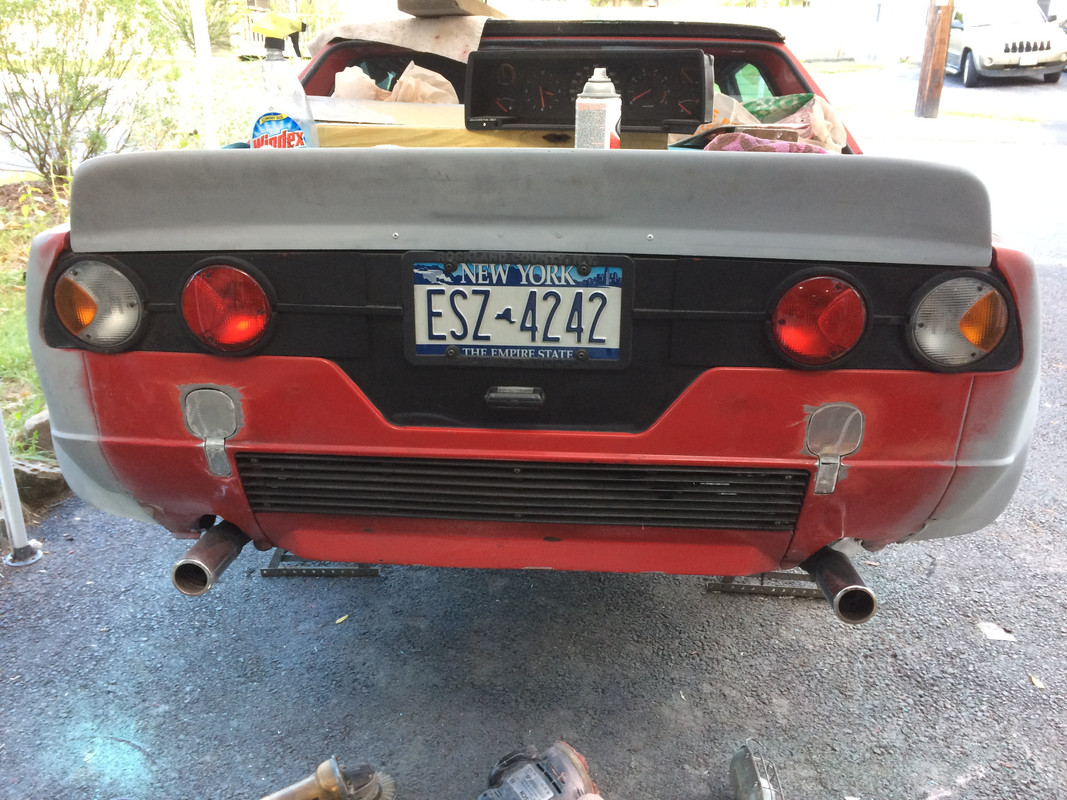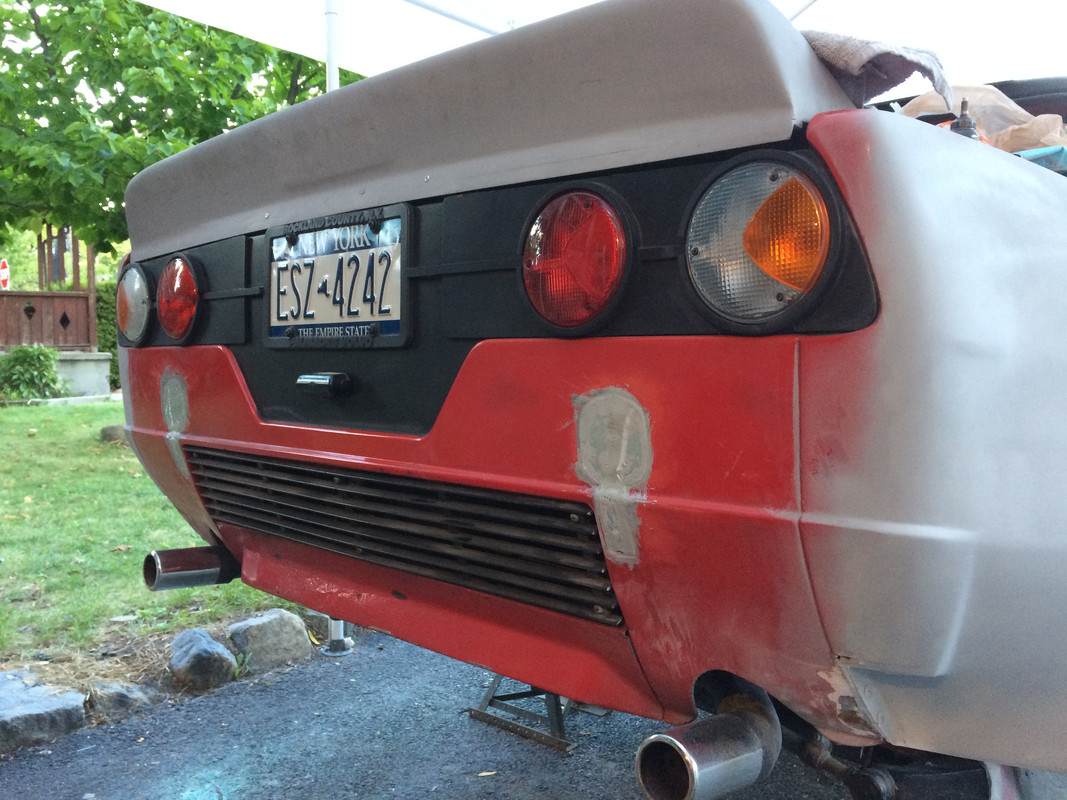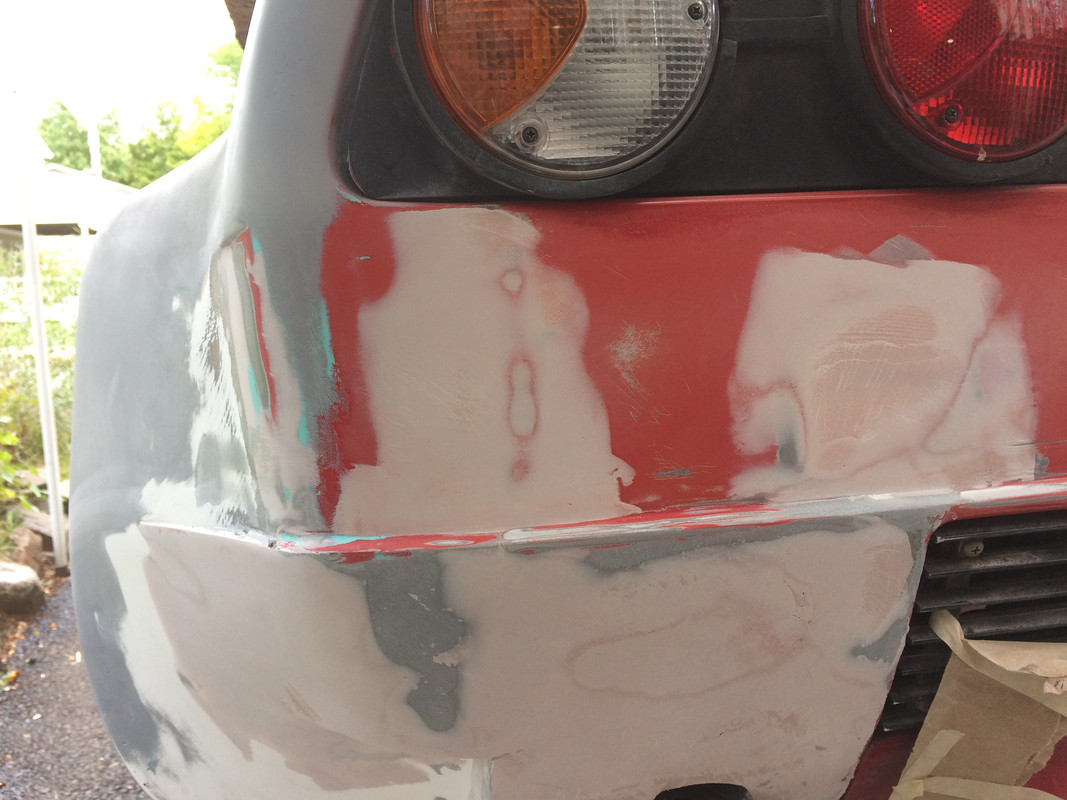Dr.Jeff
True Classic
There are two types of regular cutting wheels; thin smaller ones, and "reinforced" thick larger ones. I have both of those and while the reinforced ones do not break as easily, they really do not cut that well. I haven't tried the "lock" type. Those were new to me the last time I looked. I wonder what makes them that much different?The regular Dremel cut off wheels suck. The Lock cutting wheels cut really fast for Dremels.




